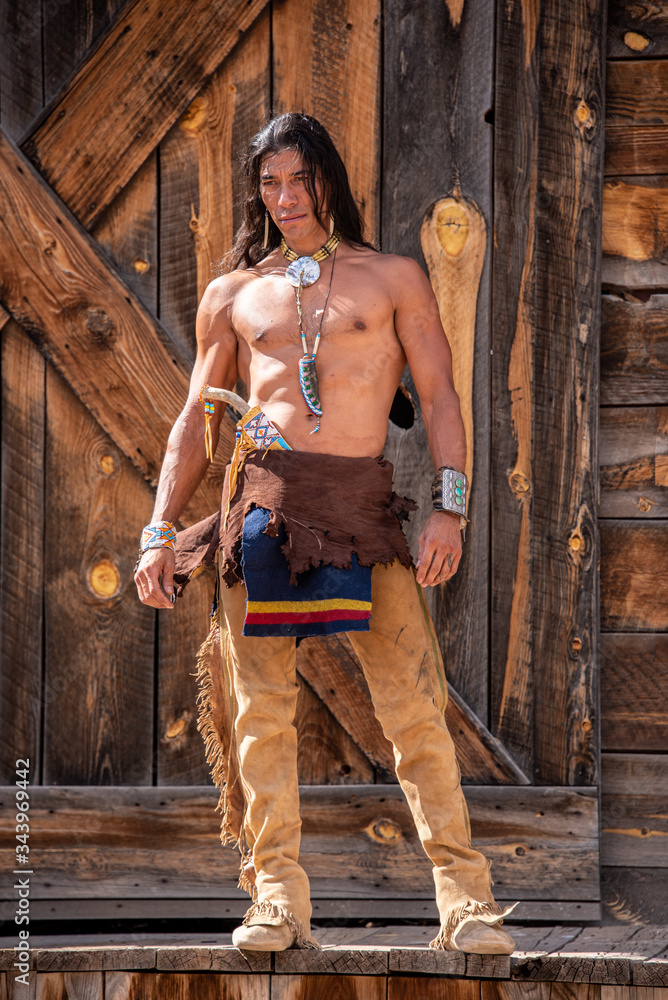Did the native american have horses
The historical past of Native American tradition is wealthy and numerous, filled with fascinating features that continue to captivate our curiosity right now. From their profound non secular beliefs to their unique creative expressions, every side of their lifestyle presents a glimpse right into a world that was deeply related to nature and the land. In exploring the complexities of Native American historical past, one topic that often arises is the presence of horses inside these indigenous communities. As we delve into the depths of this subject, we will embark on a journey to uncover the various perspectives and theories surrounding the role of horses in Native American culture. So be a part of us as we unravel this historical mystery and acquire a deeper understanding of the Native American way of life.
Did the native american have horses
Horses have been initially introduced to Native American tribes through the arrival of European explorers on the American continent. Among the Plains Indians, who relied heavily on buffalo attempting to find sustenance and sources, these swift and highly effective animals rapidly turned extremely prized and transformative additions to their lifestyle.

Were horses native to the Americas?
Recent research means that the historic narrative surrounding horses in North America needs a major update, as detailed in a research printed in the journal Science. This study challenges the conventional understanding by examining archaeological evidence related to horses, proposing that Indigenous communities had already launched these animals to the American West by the early 1600s, well before their encounters with European colonizers.
These findings align with the oral traditions of Indigenous teams, which have long recounted interactions with horses that predate the arrival of colonizers in their ancestral lands. https://native-american.federatedjournals.com/blood-moon-which-means-native-american challenges written European accounts from the 1700s and 1800s, which had claimed that horses only proliferated in the area after the Pueblo Revolt of 1680—a Native American rebellion that quickly ousted Spanish colonizers from a lot of what's now New Mexico.
The analysis was a collaborative effort, involving over eighty scientists and students, together with experts from the Pueblo, Pawnee, Comanche, and Lakota nations. As Jimmy Arterberry, a Comanche historian and co-author of the study, explained, "We have always recognized and said that we got here across horses earlier than we came across the Spanish."

While horses initially advanced within the Americas approximately 4 million years ago, that they had principally disappeared from the fossil document round 10,000 years ago. It is believed that Spanish settlers reintroduced horses to the Americas in 1519 when Hernán Cortés arrived in Mexico. The new research suggests that Indigenous peoples played an important function in transporting these horses north via intensive commerce networks.
To establish the timeline of this horse migration, researchers performed radiocarbon courting and analyzed the DNA of more than two dozen horse remains discovered throughout the Western United States. These stays had been sourced from archaeological collections situated throughout the country.
Are horses native to Asia?
Domestic horses have their origins in wild horses from Europe and Asia, a means of domestication courting back roughly 6,000 years.
While most wild horse populations have disappeared, with the exception of Przewalski’s horse native to the Central Asian steppes, North America is now home to numerous wild horses believed to have arrived with Spanish explorers within the 16th century.
In the United States, an ongoing debate surrounds whether or not these wild mustangs must be considered a species that no longer belongs of their setting or a species that has been efficiently reintroduced to their natural habitat. According to Heintzman, this examine sheds gentle on the fact that North American horses interbred with Eurasian horses till their near-extinction in North America.
From a biological perspective, the examine suggests it might be extra accurate to view this as a successful reintroduction quite than classifying horses as invasive. However, it's necessary to note that this topic carries significant political implications.
The American Wild Horse Campaign, an organization dedicated to safeguarding America's wild horse populations, has expressed assist for this examine.
southeast native american clothing revealed that wild horses and donkeys play a task in digging water holes in arid areas, probably benefiting different animals by bettering water entry. However, some argue that wild horses pose a menace to the ecosystem and contend that they not have a natural place in North America. The Wildlife Society factors out that North America has skilled elevated aridity over the past 10,000 years, and most of the natural predators of horses have disappeared.
The wild horse population is at present growing, and ongoing discussions focus on methods for inhabitants control.
Why did horses go extinct in America?

Horses, as soon as native to the Americas, vanished from the continent more than 11,000 years ago. It is believed that some horses managed to migrate into Europe and Asia through the Bering Ice Bridge before their disappearance in North America.
The precise causes behind this extinction event in North America remain a subject of ongoing study, but there are compelling indications pointing to a combination of things, primarily human exercise and local weather change. This period coincided with the conclusion of the Pleistocene epoch, marked by the most recent ice age. During https://rentry.co/23x4n , temperatures plummeted, leading to antagonistic effects on vegetation and the decline of numerous large animal species. To deal with the changing setting, humans increasingly relied on searching because of the challenges posed by farming and foraging.
The convergence of factors including extreme looking by humans and the diminished availability of vegetation is thought to have contributed to the extinction of horses on the North American continent.
